I attend the annual medical conference presented by the Allergy Asthma and Immunology Society of Ontario. It’s always an incredibly informative event. Here are my notes from the 2011 conference:
Mention was made of a black box warning for Xolair. The FDA reported anaphylactic reactions, which were sometimes delayed. I believe its primary use is for asthma, but it’s also an anti-IgE antibody. It won’t help anyone with food allergies if it causes anaphylaxis itself.
95% of asthma deaths occur acutely, rather than as a result of chronic disease.
Consider including baby shampoo in nasal irrigation to break up biofilm.
Eczema can let allergens enter the body.
Dr. Gideon Lack studied houses with peanut butter in them and found it makes its way on to the skin causing sensitization. People don’t have to eat it to be sensitized, it just needs to be in the house. Other research by Dr. Lack is mentioned here: http://www.telegraph.co.uk/health/healthnews/8909837/Children-allowed-to-be-picky-eaters-develop-allergies.html
Regarding venom allergy, people with a positive skin test, positive blood test, and a history of a systemic reaction should have venom immunotherapy. It’s best to use mixed vespid venom, rather than single venom. Using venom therapy for 50 months gives the best long term protection. One of the risk factors for relapse is honey bee allergy. In some cases, it’s best not to stop venom therapy at all.
Epipens should be prescribed for allergic patients at high risk of anaphylaxis. When the risk seems lower, physicians make a judgment call.
Lone star tick bites induce IgE. When these levels are high, one can have an anaphylactic reaction to beef four hours after ingestion. To read more about this phenomenon, click here.
The general population has a 1.5% chance of needing an Epipen the next time they’re stung by an insect.
Two men over 50 who were administered an Epipen had heart attacks, arrhythmia. For children, use the Epipen right away without fail. Early administration of epinephrine does prevent progression of the reaction, and failure to do so early can lead to death in children.
Peanut protein has now been broken into 13 allergenic components. Reactivity to component Ara h 2 carries the highest risk of a severe reaction to peanut. Testing Ara h 1 and Ara h 2 further improves diagnostic prospects.
Anxiety in children with anaphylaxis can be protective or debilitating. There’s an optimal balance. Handle it with empathy and encouragement.
Limited data available suggests no effect of probiotics on allergic conditions.
* If you found this post helpful, I would love for you to use the “Sharing Is Caring” bar (below) to share this post via Facebook or Twitter. If you’re reading this as an e-mail message, you need to jump over to my blog first by clicking here.

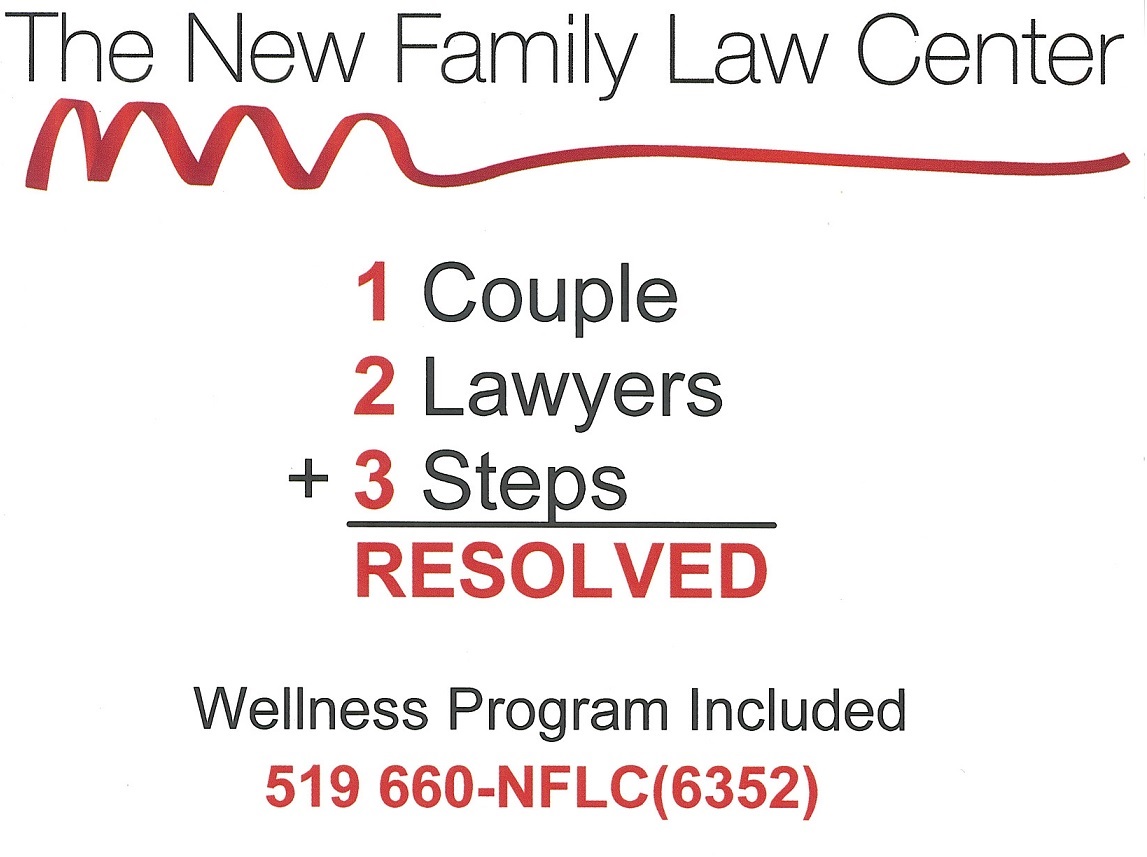


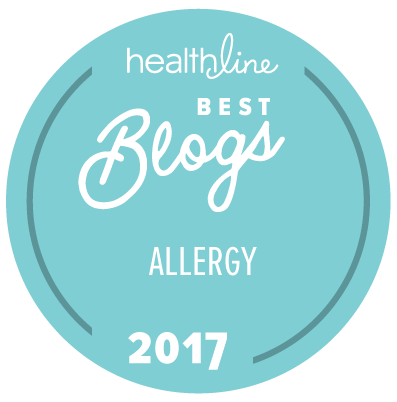
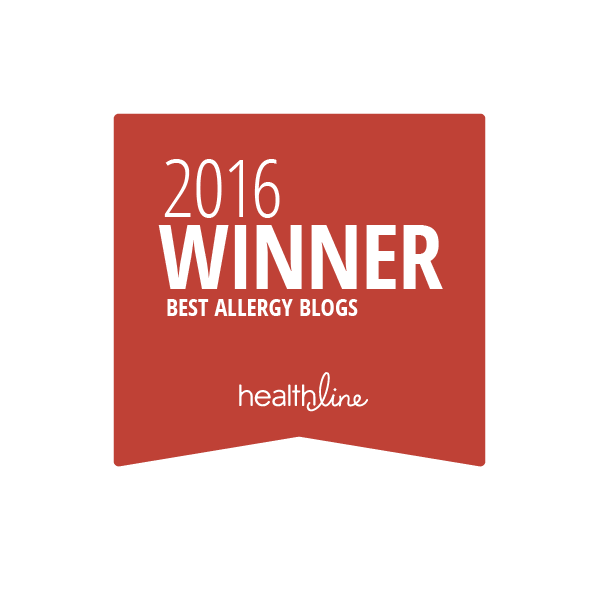
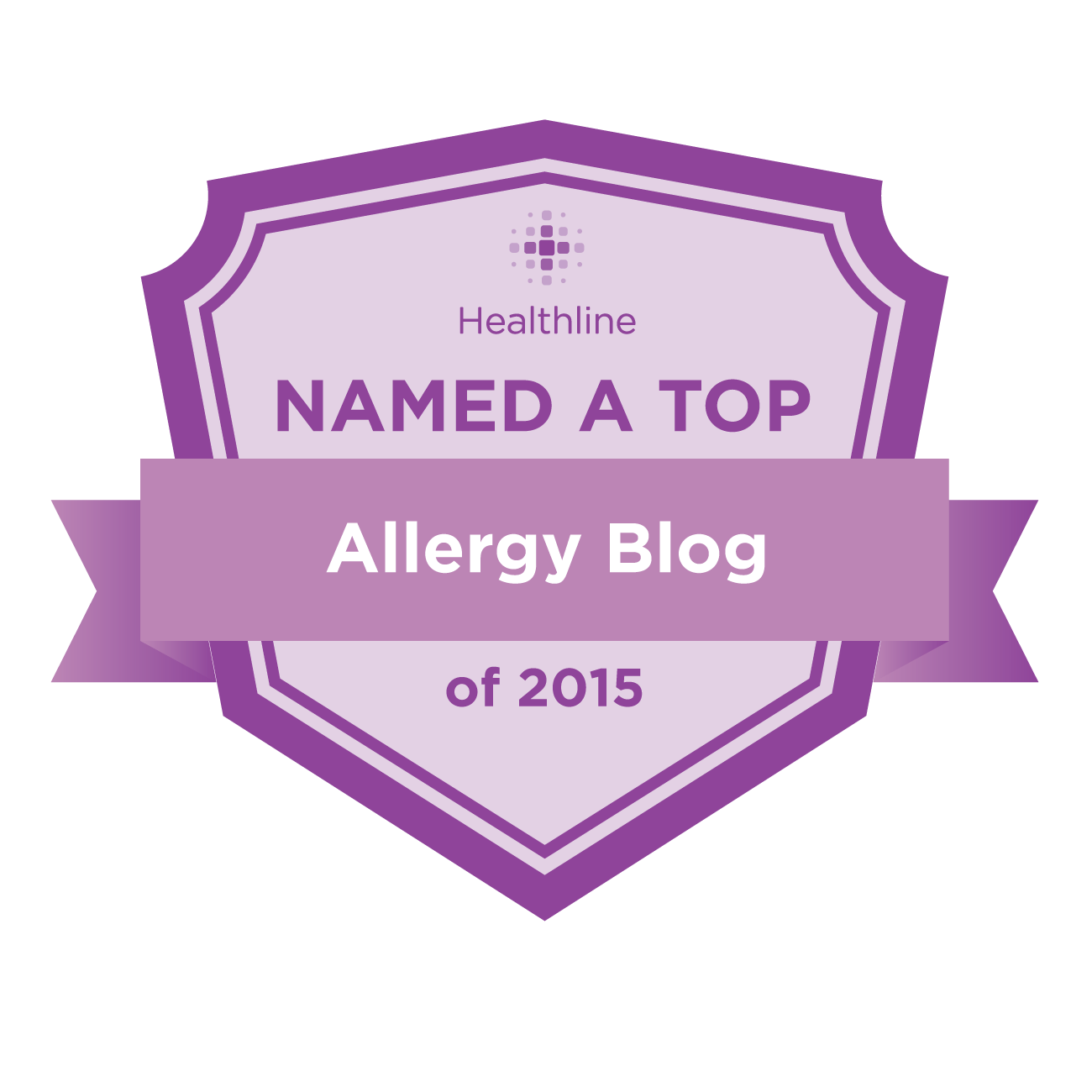
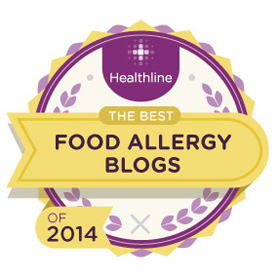

Thanks for sharing this great info!